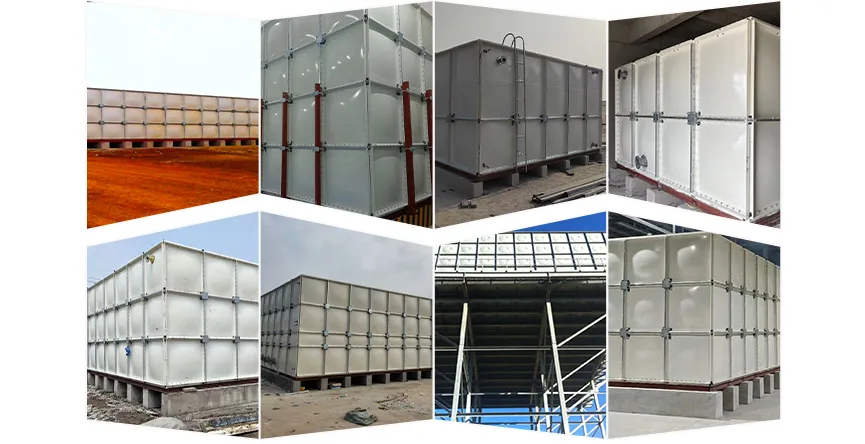loading...
- No. 9, Xingyuan South Street, Dongwaihuan Road, Zaoqiang County, Hengshui, Hebei, China
- admin@zjcomposites.com
- +86 15097380338
- Welcome to visit our website!
well water treatment
Well Water Treatment Ensuring Purity and Safety
Well water is an essential resource for millions of households, offering a convenient supply of fresh water for drinking, cooking, and irrigation. However, this natural resource is not always free from contaminants. Proper well water treatment is crucial to ensure that the water is safe for consumption and meets health standards.
The first step in well water treatment is testing. Homeowners should regularly test their well water for common contaminants such as bacteria, nitrates, heavy metals, and other pollutants. Testing kits are available that can detect various substances, or homeowners can send water samples to a certified laboratory for comprehensive analysis. This step helps identify potential issues and allows for targeted treatment.
Once contaminants are identified, the appropriate treatment method can be selected. For bacterial contamination, disinfection methods such as chlorination or ultraviolet (UV) treatment are commonly used. Chlorination involves adding chlorine to the water, which kills harmful microorganisms. UV treatment, on the other hand, exposes the water to UV light, effectively neutralizing bacteria and viruses without adding chemicals.
well water treatment

For chemical contaminants such as heavy metals or nitrates, filtration systems are often employed. Reverse osmosis (RO) systems are particularly effective, as they filter water through a semi-permeable membrane, removing impurities at the molecular level. Activated carbon filters can also be used to remove organic compounds and improve taste and odor.
Maintaining the well's integrity is vital for preventing contamination. Regular inspection and maintenance of the well structure, including ensuring proper sealing and protecting it from surface runoff, are essential practices. Homeowners should also be mindful of the proximity of septic systems, agricultural activities, and chemical storage to their wells, as these can introduce harmful substances into the water supply.
In addition to treatment and maintenance, educating household members about the importance of well water safety is crucial. Understanding the potential risks and knowing how to respond in case of contamination can help safeguard health.
In conclusion, while well water is a valuable resource, its safety requires diligent testing, appropriate treatment, and proactive maintenance. By taking these steps, homeowners can ensure their well water remains a safe and reliable source of hydration for years to come.
-
GRP Structures: The Future of Lightweight, High-Performance EngineeringNewsJun.20,2025
-
FRP Water Tank: High-Performance Storage for Corrosive and Clean Water SystemsNewsJun.20,2025
-
FRP Square Tube: The New Industry Standard for Chemical and Structural ApplicationsNewsJun.20,2025
-
FRP Pultruded Profiles: The Ultimate Choice for Lightweight Structural StrengthNewsJun.20,2025
-
FRP Handrails: The Safer, Smarter, and Stronger Choice for Modern InfrastructureNewsJun.20,2025
-
FRP Grating: The Smart Solution for Durable, Lightweight Industrial FlooringNewsJun.20,2025
-
Why Choose a Galvanized Water Tank for Your Storage NeedsNewsMay.21,2025
